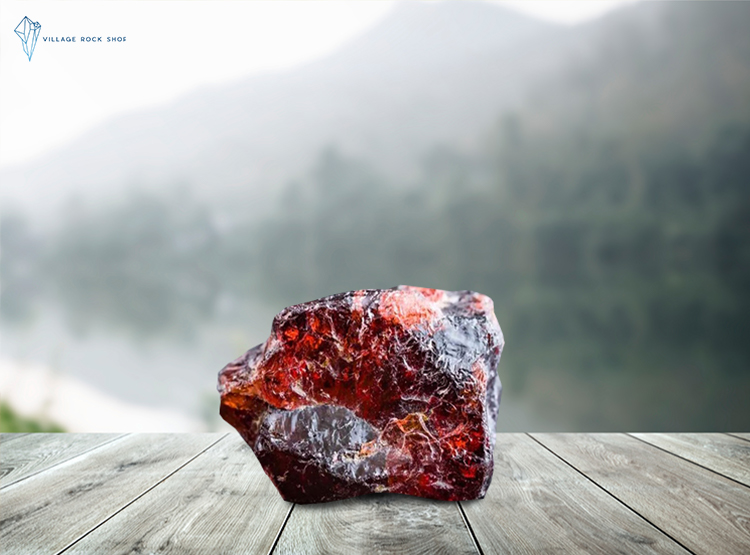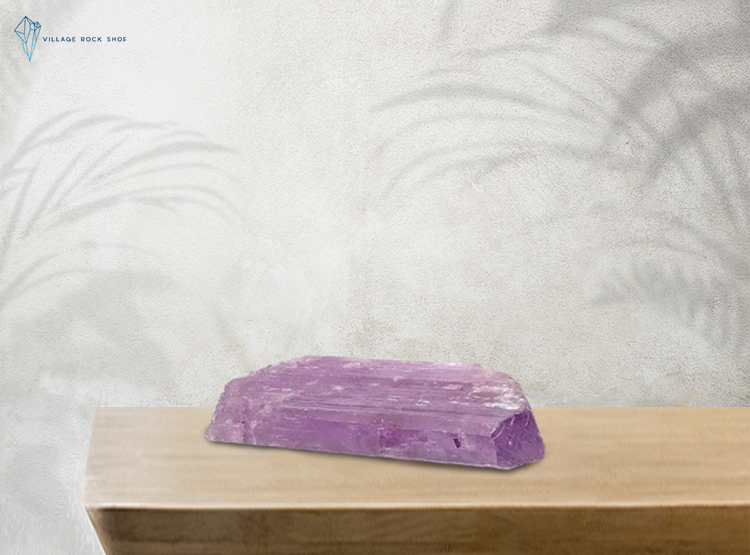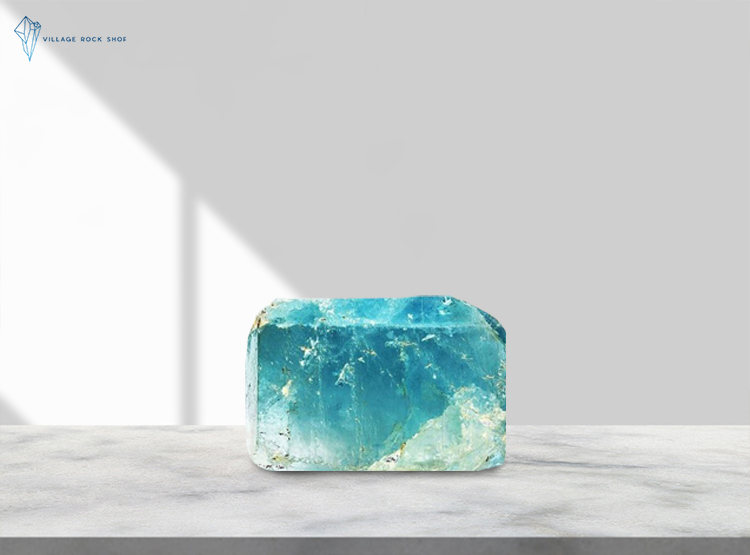Southern California’s Local Crystals, Stones and Minerals

The unique mineral vein of southern California has produced some of the most beautiful crystals and minerals in the world. Representative to the region are the sedimentary minerals called calcite (calcium carbonate crystals) and quartz (silicon dioxide crystals), along the metamorphic rocks like sandstone and quartzite.
The richness of the Californian mineral vein allows finding some of the standard gemstones in the topsoil so that people can find crystals and minerals literally in their backyards, especially if there is a limestone deposit or a rocky area in your yard. A creek, river, or oceanside are also promising areas for potentially finding gemstones. Crystals to find in South California:
The Royal Pink Stone: California Tourmaline

Tourmaline mines in California are over 100 years old. Most of California's tourmaline is from San Diego and Riverside Counties.
The mines from here explore pegmatite deposits that give gem-quality tourmalines and minerals. Pegmatites are igneous rocks formed during magma's crystallization and contain large crystals.
California tourmalines are semiprecious stones, often bicolor or tricolor. Their signature color is pink, but there are many other hues:
- green
- yellow
- pink
- red
- black to deep brown
- black to bluish
The pink and green bicolor crystals are polished into the unique "Watermelon Tourmaline," a specimen with pink inside and green outside. On the Mohs Hardness Scale, tourmaline ranks 7.
A Widespread Red Gemstone: California Garnet

Garnet is a deep crimson crystal named from the pomegranate (granatum) for its resemblance to the seeds of this fruit. Garnets are also a group of silicate minerals that share a similar cubic crystal structure and chemical composition, listing them on the Mohs hardness scale at about 6.0 - 7.5
Part of this mineral group is the spessartine, a specimen with unique orangy yellow to yellowish-orange color. The crystals found in the pegmatites of San Diego County are known as the Ramona spessartines.
A higher quality garnet is a translucent gem, without impurities that dull and darken the color. Depending on the mineral elements added to their original chemical formula, garnets come in several colors:
- red
- pink
- yellow
- green
- purple
- brown
A Popular Jewelry Gemstone: California Turquoise

The mining of turquoise has a long history in California. There are ancient mines in the area that is now San Bernardino County.
Turquoise usually forms in arid regions on aluminous igneous or sedimentary rocks. The geological process is the vein filling with mineral-rich waters in volcanic rocks and phosphatic sediments.
Therefore, natural turquoise is often found as a vein in the rock, like a river climbing through it. The main characteristic of natural turquoise is the webbing on it and the stone's coloring:
- bright blue
- sky-blue
- blue-green
- turquoise-blue
- apple-green
- green-gray
The high-quality turquoise has an even, intense, medium blue color, sometimes referred to as "Persian blue". Its hardness on the Mohs Scale is 5-6.
A Fairly Young California Gemstone: Kunzite

The kunzite gemstone was discovered in 1902, in San Diego County, California, by gemstone specialist and jeweler George Frederick Kunz.
Kunzite is of the pink variety of Spodumene stones group, from the Greek 'spodumenos', which means 'burnt to ashes.' The richness and even distribution of the pink and violet hues throughout the stone give Kunzite's quality. The brighter shade of color, the more valuable the kunzite stone is. This mineral's color variants are due to trace elements in the rock:
- of iron - yellow to green
- of chromium - medium to deep green
- of manganese - pink to purplish-red
The gemstone fades when exposed to too much heat or direct sunlight. The best way to keep kunzite is in a properly sealed box. On the Mohs Hardness Scale, kunzite has a value of 6.5 to 7.0.
A Rare Silicate Mineral: Topaz

Topaz is a gemstone of many colors. Topaz crystals grow within the veins and voids of igneous rocks. Most topaz crystals grow during the stages of magma cooling while degassing occurs, and fluorine necessary for topaz crystal growth is released.
Topaz can be found as water-worn pebbles in stream sediments. The most common natural state of topaz is colorless, often called "white topaz." Its rare colors are the ones most used in jewelry:
- natural pink
- red
- purple and blue
- pale yellow
White topaz can be treated with irradiation, heat, and chemical vapor deposition to produce various desired colors. These standard procedures ensure customized gemstones for the jewelry industry. Topaz is number "8" on the Mohs Hardness Scale, making it the hardest silicate mineral.
Buy Crystals, Stones, and Minerals at the Village Rock Shop
At the Village Rock Shop we have rare minerals and popular gemstones coming in all the time, so make sure to call us and request to see what we have in store. Our shop was founded with the intention of making crystals and gemstones from all over the world accessible to crystal enthusiasts; our team will gladly assist you in choosing the right ones for your needs.
We source our stones directly from the mines and collaborate with crystal dealers who bring high-quality stones directly to our shop. As all crystals and gemstones are unique, the pieces in our shop are singular in their own way. If you can not find the gemstones you are looking for on our website, feel free to contact us, we might have those gemstones in our store, or we can order them for you.

